The Indian Electric Vehicle (EV) Market is Segmented by Vehicle Type (Passenger Cars, Commercial Vehicles, Two- and Three-wheelers) and Power Source Type (Battery Electric Vehicle, Plug-in Electric Vehicle, and Hybrid Electric Vehicle). The report offers market size and forecast for India Electric Vehicle in value (USD billion) for all the above segments.
Market Overview
The Indian Electric Vehicle Market was valued at USD 5 billion in 2020, and it is expected to reach USD 47 billion by 2026, registering a CAGR of above 44% during the forecast period (2021-2026).
The Indian Electric Vehicle Market has been impacted by the outbreak of the COVID-19 pandemic due to supply chain disruptions and halt of manufacturing units due to continuous lockdowns and travel restrictions across the county. However, the electric vehicle (EV) market is still in its nascent stage in India. It is expected to grow at a much faster rate during the forecast period due to various government initiatives and policies.
E-commerce companies (Amazon, for example) are launching initiatives to use e-Mobility for last-mile deliveries to reduce carbon footprint. India is experimenting with e-Mobility for public transport, and the country has deployed electric inter-city buses across some major cities. In addition, state governments are also playing an active role in the deployment of policies encouraging the usage of EVs. For instance,
- Kerala aims to put one million EV units on the road by 2022 and 6,000 e-buses in public transport by 2025.
- Telangana aims to have EV sales targets for 2025 to achieve 80% 2- and 3-wheelers (motorcycles, scooters, auto-rickshaws), 70% commercial cars (ride-hailing companies, such as Ola and Uber), 40% buses, 30% private cars, and 15% electrification of all vehicles.
The EV market in India has gained significant momentum after the implementation of the FAME India scheme with its aim of shifting toward e-mobility in the wake of growing international policy commitments and environmental challenges. Moreover, India offers the world’s largest untapped market, especially in the electric two-wheeler segment. As 100% foreign direct investment is allowed in this sector, the automatic route market is expected to gain momentum during the forecast period.
Scope of the Report
An electric vehicle is one that operates on an electric motor instead of an internal combustion engine, which generates power by burning a mix of fuel and gases. Therefore, an electric vehicle is seen as a possible replacement for the current-generation automobile in the near future to address environmental challenges. The report covers the latest trends and technologies followed by the COVID-19 impact on the market.
The Indian Electric Vehicle Market is segmented by Vehicle Type and Power Source.
By Vehicle Type, the market is segmented into Passenger Cars, Commercial Vehicles, and Two- and Three-wheelers.
By Power Source Type, the market is segmented into Battery Electric Vehicle, Plug-in Electric Vehicle, and Hybrid Electric Vehicle.
| By Vehicle Type | |
| Passenger Cars | |
| Commercial Vehicles | |
| Two- and Three-wheelers |
| By Power Source Type | |
| Battery Electric Vehicle | |
| Plug-in Hybrid Electric Vehicle | |
Hybrid Electric VehicleKey Market TrendsGrowing Adoption of Electric Buses During the Forecast PeriodIndia is the second most populated country in the world after China, and just like China, which has the largest electric bus fleet in the world. India is also pushing hard for the electrification of buses. Many state governments have already started procuring electric buses from Chinese and local electric bus manufacturers. With the growing need for controlling GHG (Greenhouse gases) emissions emitted by vehicles, the government is encouraging the use of electric-powered vehicles across various states, boosting the demand for electric buses in India. The market is driven by factors such as the increase in domestic manufacturing, rapid urbanization, and a rise in environmental awareness. For instance,
Many local bus manufacturers who are in collaboration with some Chinese manufacturers are trying to cater to the rising demand for electric buses in India. For instance,
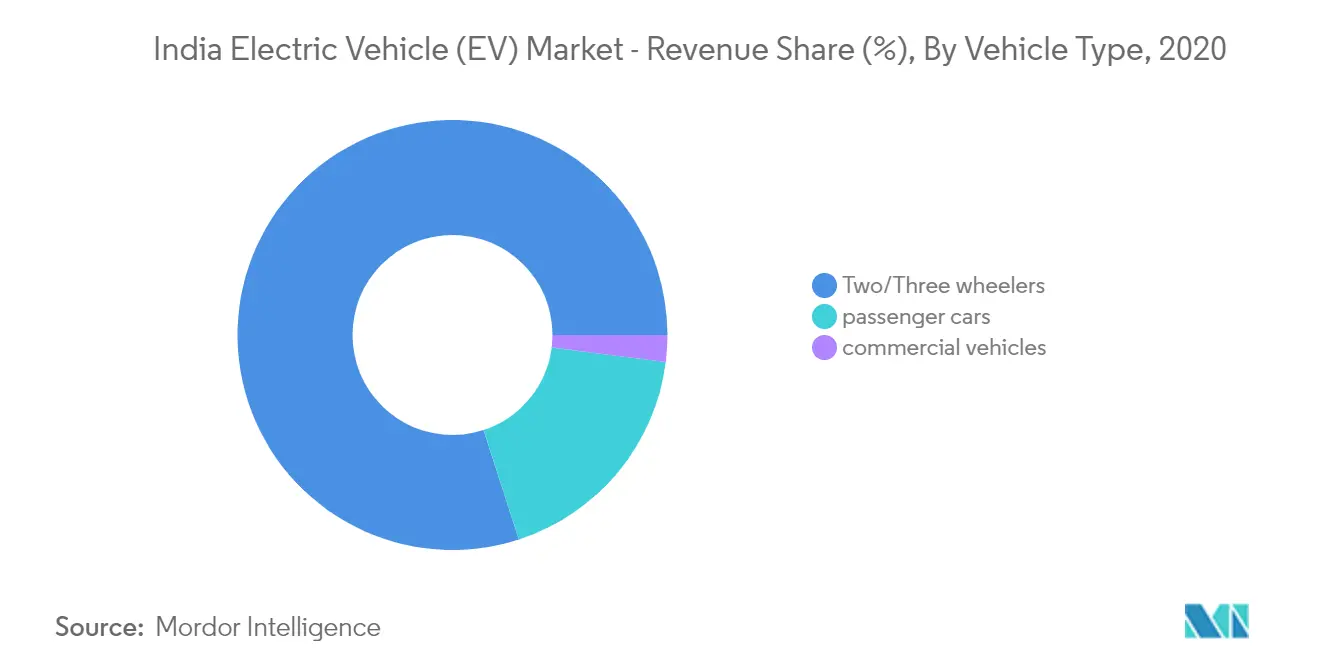 Electric Two-wheeler Vehicles Likely to have Optimistic GrowthWith transportation still being a challenge in India, a lot of people in these segments look forward to the two-wheeler industry in India. As a result of the surging pollution, the national government has launched stringent policies to curb vehicular emissions. In particular, the jump from Bharat Stage V (BSV) to BSVI emission standards is expected to benefit the Indian electric scooter and motorcycle market, by raising the prices of petrol-driven two-wheelers by 7–15%. From 1st April 2020 onward, automakers are only allowed to sell BSVI-compliant vehicles in the nation, driving the push toward electric variants. For extracting the maximum revenue from the rapidly growing Indian electric scooter and motorcycle market, original equipment manufacturers (OEMs) are expanding their facilities. For instance,
Furthermore, the availability of a considerable number of electric two-wheeler models, their low cost, as well as their availability as a substitute for conventional fuel-based vehicles. These aforementioned factors are fueling the demand in the Indian electric vehicle market. 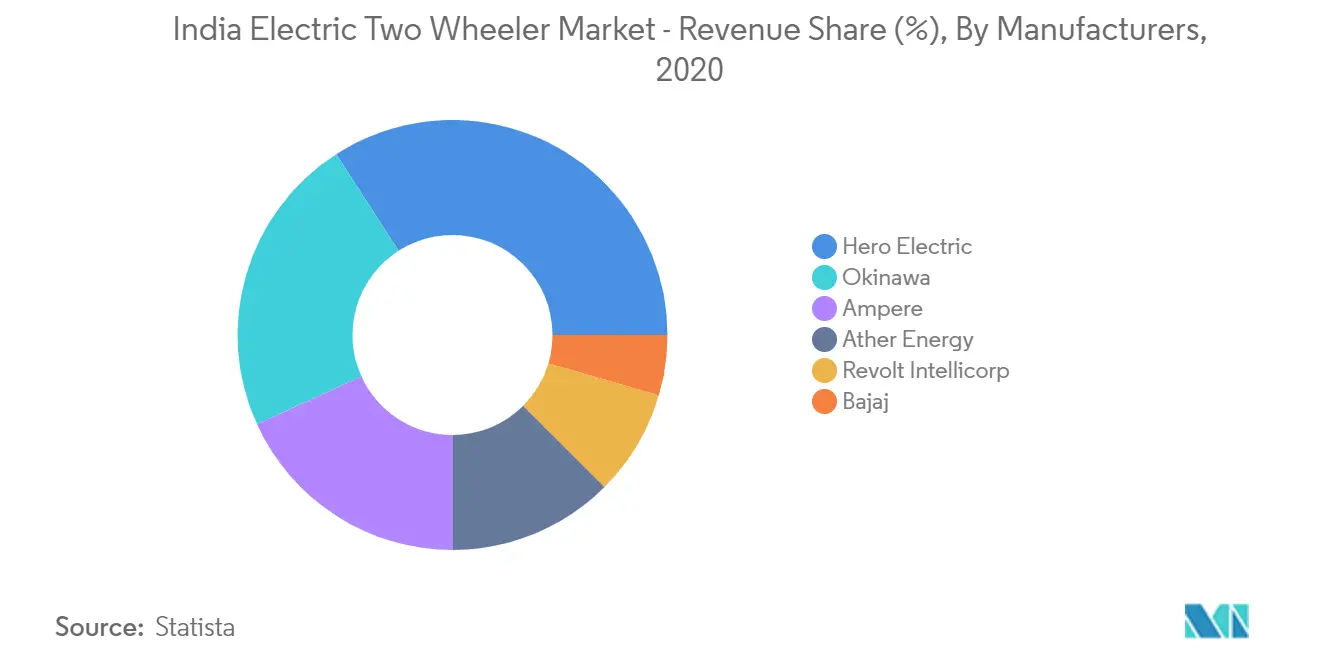 Competitive LandscapeThe Indian EV market is consolidated with the presence of major players in the market, owing to cheap and readily available manpower. However, established players in the market are introducing new models to gain a competitive edge over other players. For instance,
The startups are expanding their presence by raising funds from investors and tapping into new and unexplored cities. Companies are investing a tremendous amount in R&D and launching new models to mark their presence in the market. Recent Developments
Table of Contents
|
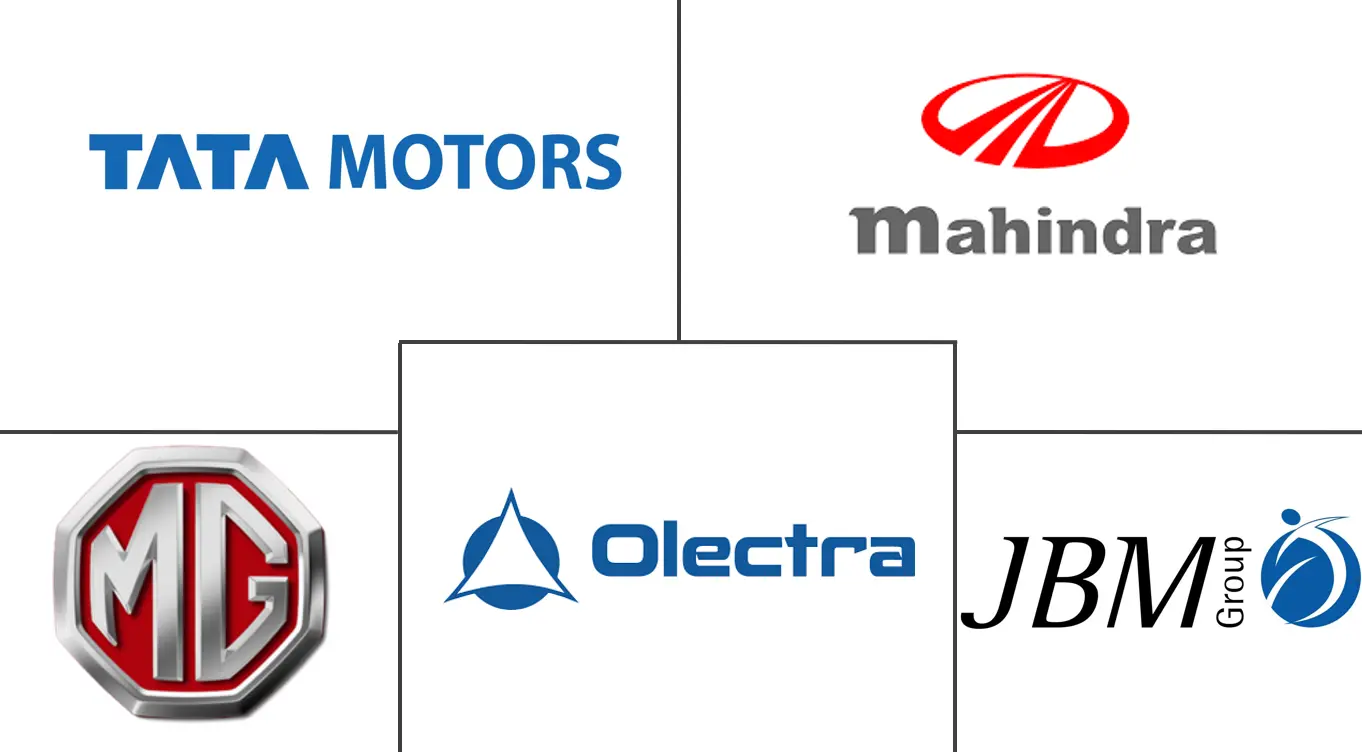
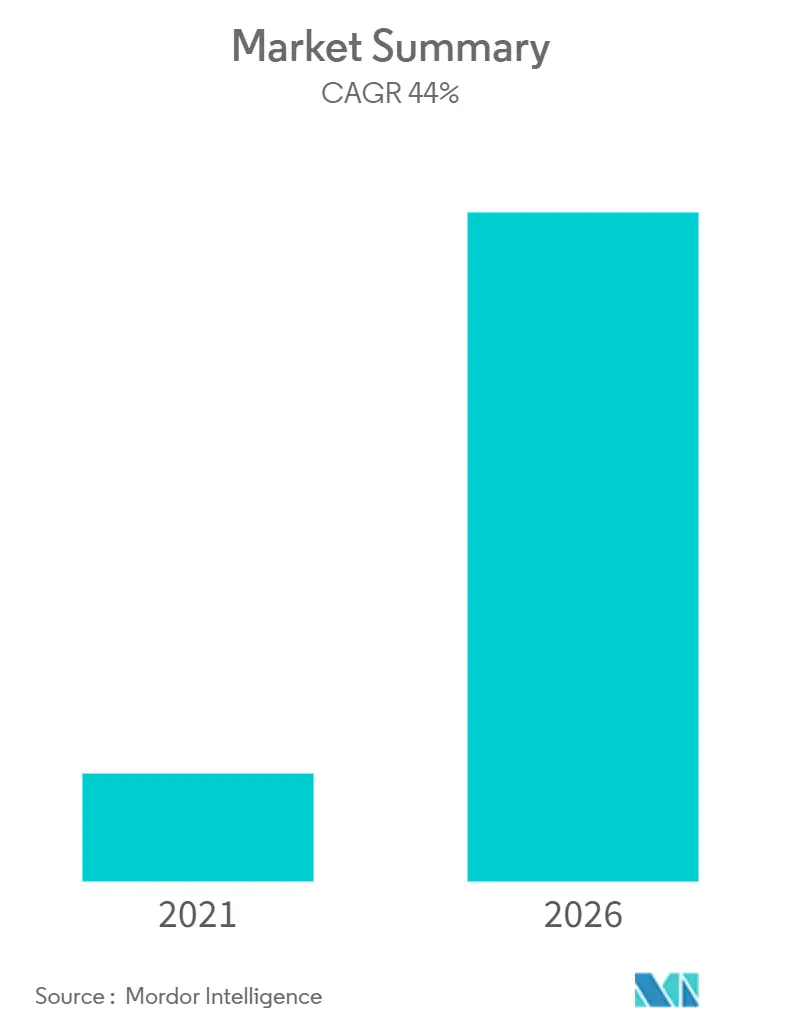
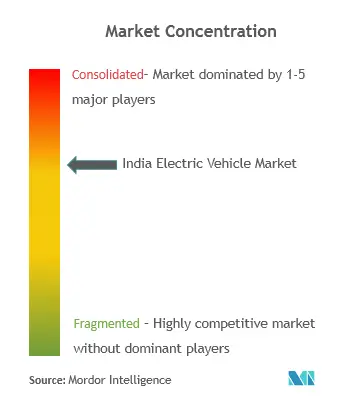
Comments
Post a Comment